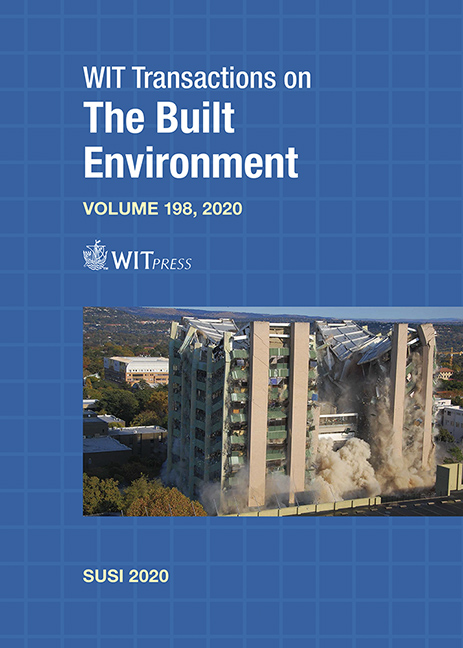BLAST PROTECTION WALL SYSTEMS: LITERATURE REVIEW
Price
Free (open access)
Transaction
Volume
198
Pages
17
Page Range
93 - 109
Published
2020
Paper DOI
10.2495/SUSI200081
Copyright
WIT Press
Author(s)
ASSAL T. HUSSEIN
Abstract
This paper presents a review of the current research trend to design blast protection wall systems. The paper summarizes the published research of the high-tech composite blast wall systems made of advanced materials. The summary includes system components and material properties, design philosophy, parametric study, system performance, and limitations of such type of blast-resistant systems. The level of terrorist attack threats has increased significantly in the last few years, especially in the Middle East targeting populated areas and leaving numerous victims and billions of dollars’ worth of losses in infrastructure. Therefore, the use of high-tech blast-resistant wall systems might be hindered by its lack of available materials and construction technology in most countries. Primitive protection systems to guard from surrounding risks, whether natural or man-made have been used for temporary and military fortifications. The simple protection systems could provide the required safety level with minimal efforts and low cost. This paper highlights the research gap in considering simple blast protection walls made of readily available materials to mitigate blast. This paper also discusses the recent research attempts to investigate the performance of blast walls made of thin timber sheets and plain sand as an example of low-tech materials for permanent applications. The study clarifies the efficiency of simple blast wall systems to attenuate blast based on the open-space blast test measurements and numerical analysis results. However, simple blast wall systems may not be appropriate to install in urban areas yet, hence, future studies are invited to conduct integrated studies to investigate and implement architecture design modifications for this purpose.
Keywords
terrorist attacks, temporary blast protection techniques, high-tech blast wall systems, simple blast wall systems, low-tech materials





